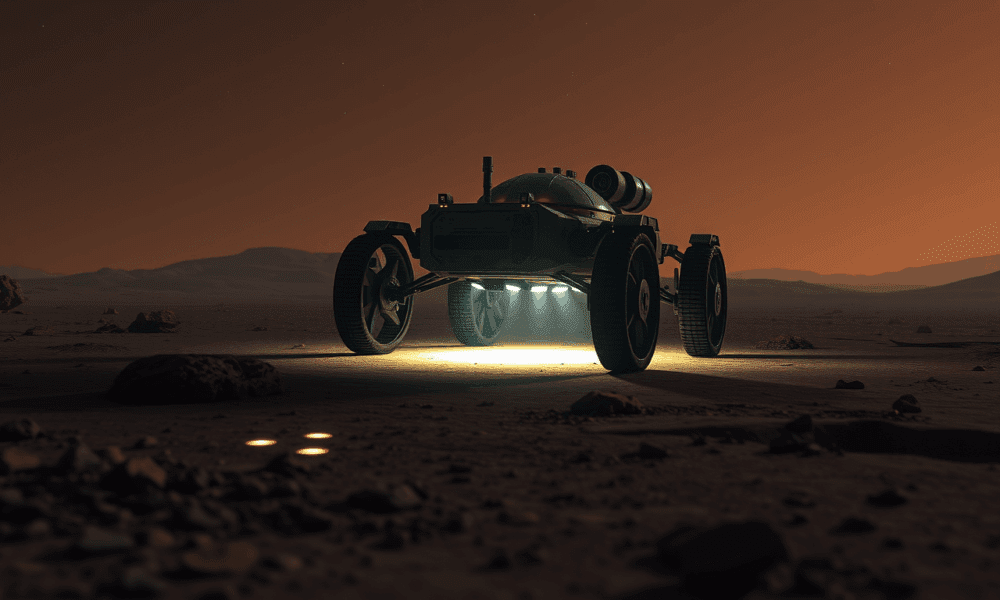


Cosmic rays from deep space might be the secret energy source that allows life to exist underground on Mars and icy moons like Enceladus and Europa....
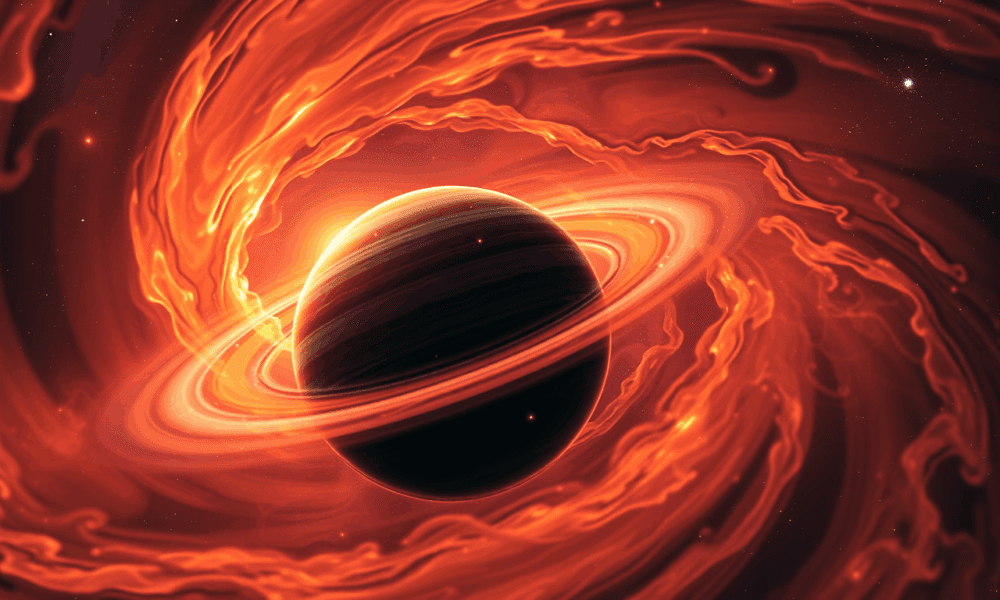
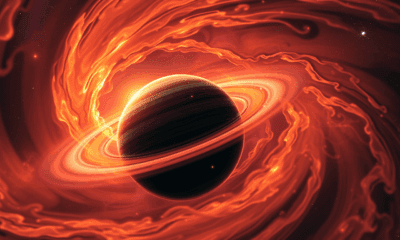

A massive, fast-orbiting planet is inching closer to its star, and scientists now have direct evidence of its impending demise. It could disintegrate, burn up, or...
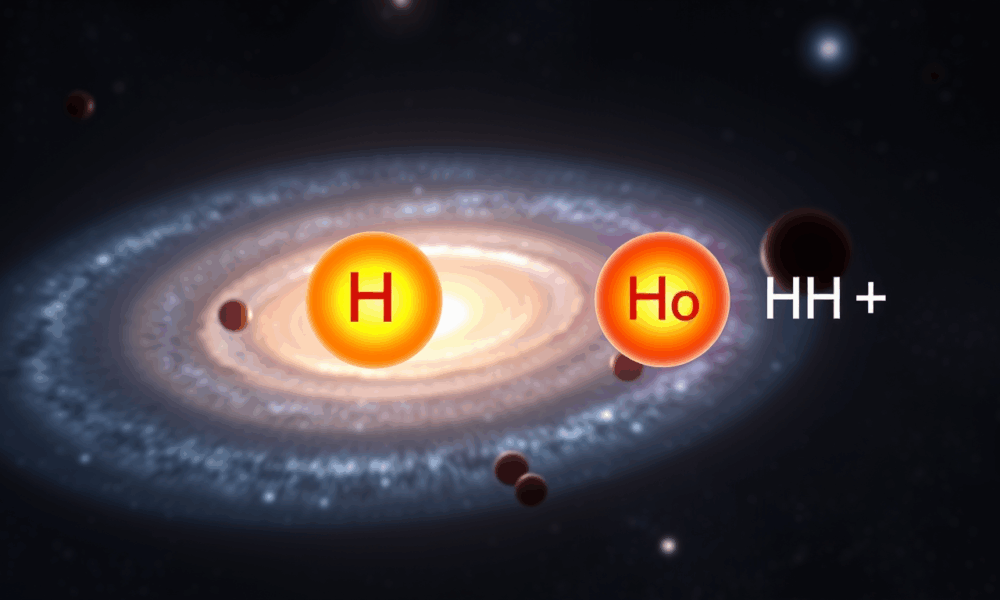
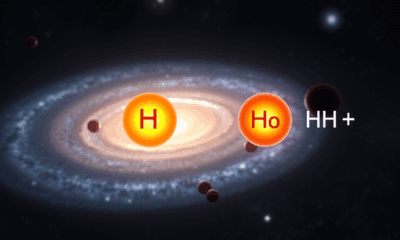

Long before stars lit up the sky, the universe was a hot, dense place where simple chemistry quietly set the stage for everything to come. Scientists...
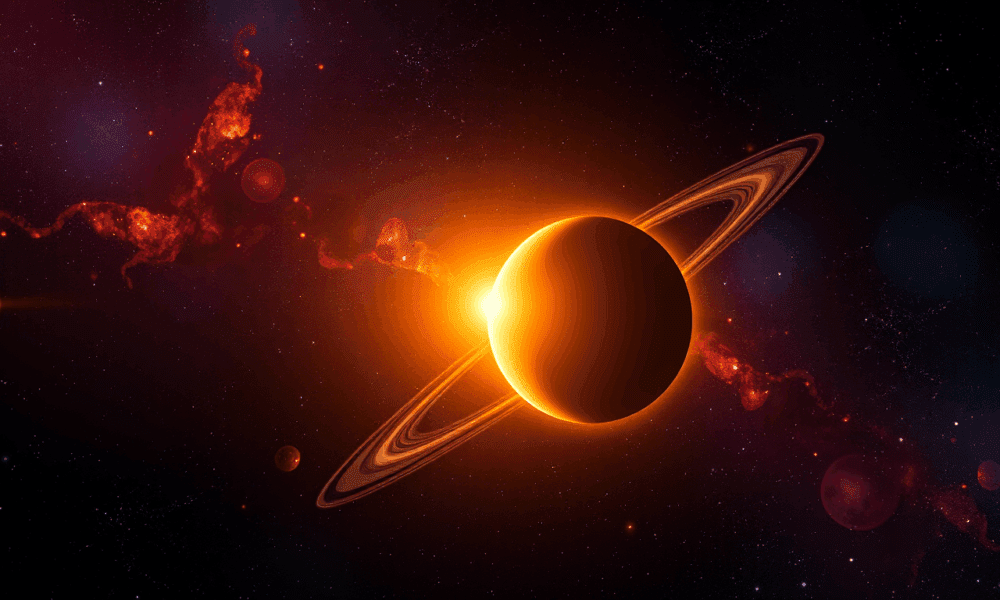
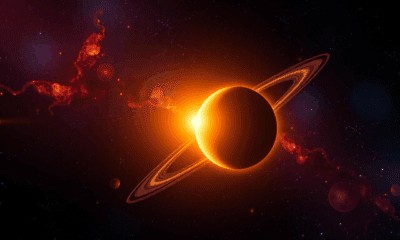

A bizarre planet defies cosmic norms: scientists have confirmed a giant planet orbiting in reverse around one star in a close binary system—an arrangement previously thought...



Using a powerful mathematical tool, scientists have unveiled the intricate "ringing" of black holes, unlocking patterns missed for decades and laying the groundwork for sharper gravitational...
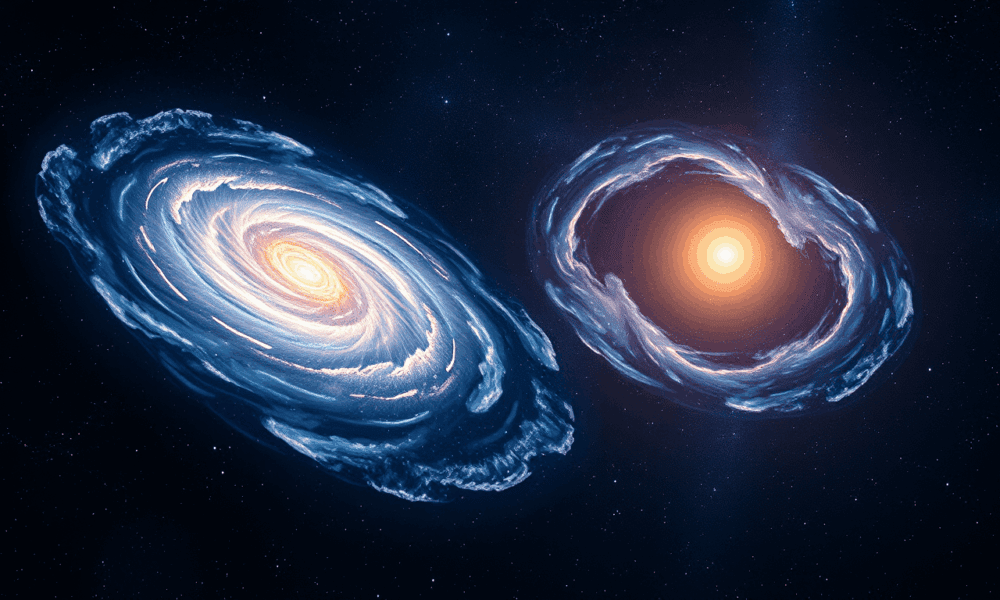
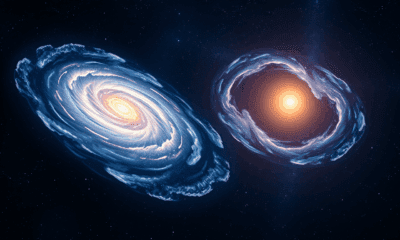

A team of scientists has proposed a groundbreaking new theory on the Universe's origins, offering a fresh, radical take on the Big Bang's early moments. Unlike...

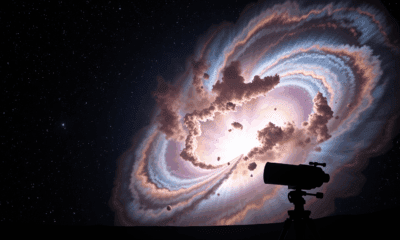

NASA’s Roman Space Telescope is set to embark on a deep-sky survey that could capture nearly 100,000 cosmic explosions, shedding light on everything from dark energy...
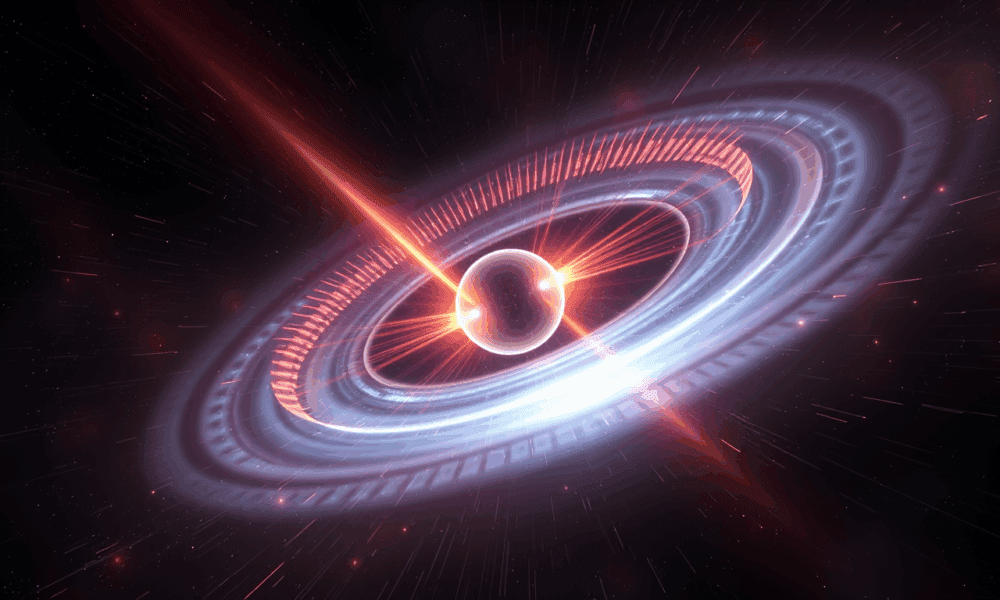
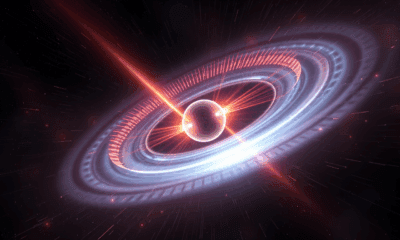

Astronomers studying a rare neutron star system have uncovered a surprising source of powerful X-rays. Using NASA s IXPE telescope and data from other observatories, an...
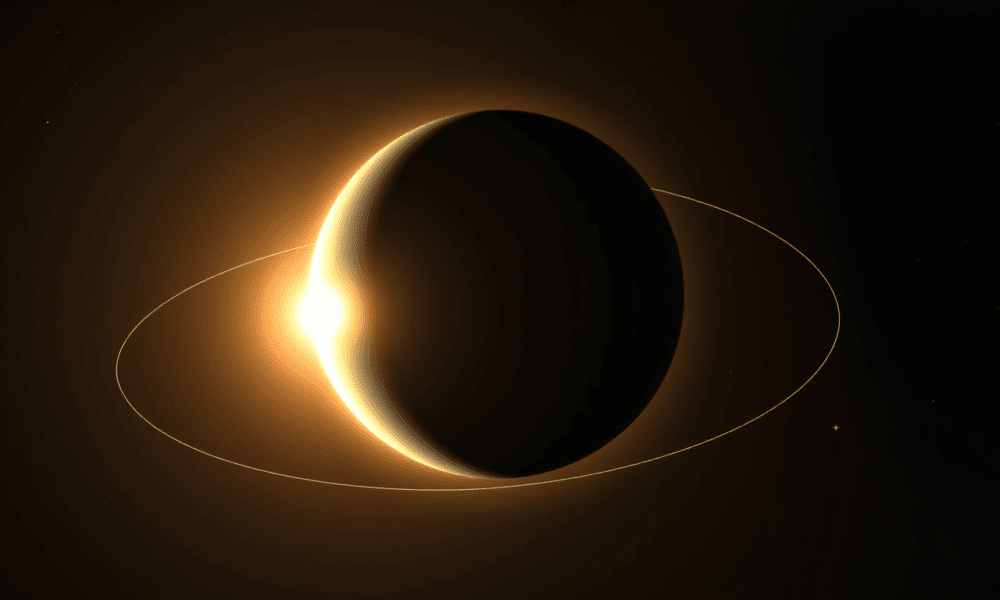
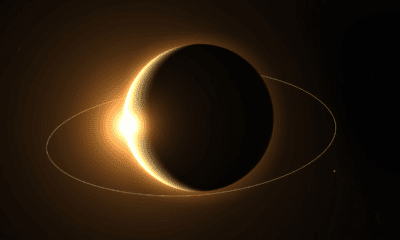

Astronomers have discovered a bizarre object in the outer solar system, 2020 VN40, that dances to Neptune’s gravitational beat in a never-before-seen rhythm. It’s the first...
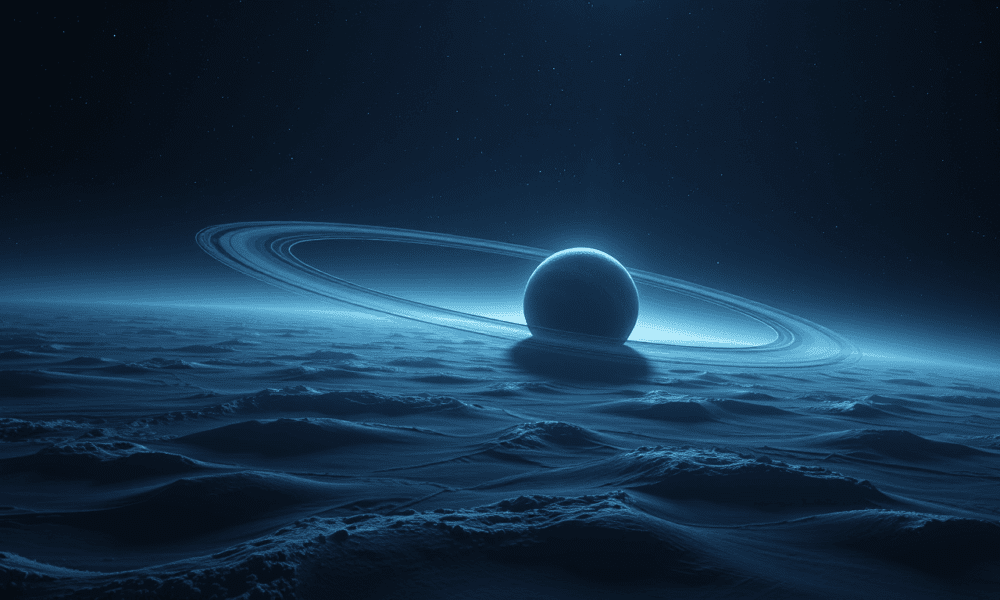
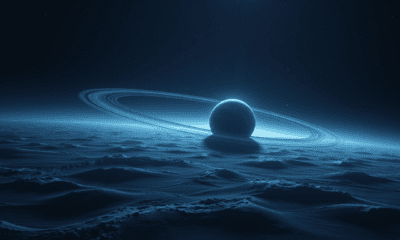

A tiny object far beyond Pluto, newly discovered by the Subaru Telescope, could reshape our understanding of the early Solar System. Named 2023 KQ14, this rare...